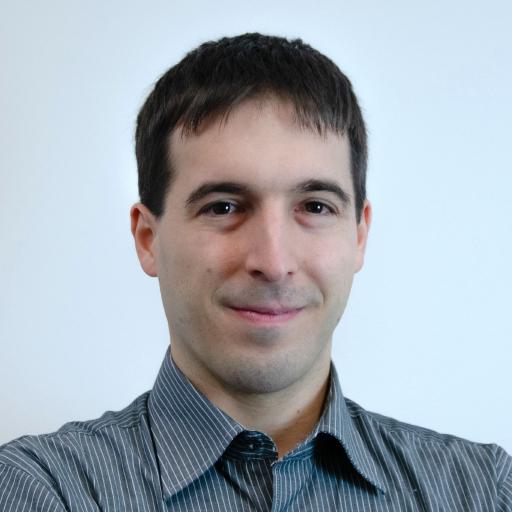
Tobias Bühler
I am co-founder and CTO of NetFabric, where we develop the next generation of network observability solutions. NetFabric combines the precision of mathematical models with the flexibility of the newest ML techniques.
I did my PhD under the guidance of Prof. Dr. Laurent Vanbever with a focus on network monitoring and the detection of BGP hijacks. In addition, I worked on the EU Horizon 2020 MAMI project and was heavily involved in the Communication Networks lecture as head teaching assistant.
Before starting my PhD, I earned my bachelor’s as well as master’s degree in electrical engineering from ETH Zürich.
Research Areas
Teaching
- Communication Networks: 2016 (TA) 2017–2022 (head TA)
Talks
Enhancing Global Network Monitoring with Magnifier
Generating representative, live network traffic out of millions of code repositories
An Open Platform to Teach How the Internet Practically Works
Publications
Available Theses
Running Theses
Student: Viola Zucchi
Supervisors: Pietro Ronchetti, Tobias Bühler, and Laurent Vanbever
Supervised Theses
Student: Hande Harputluoglu
Supervisors: Roland Schmid, Tobias Bühler, Georgia Fragkouli, and Laurent Vanbever
Student: Hande Harputluoglu
Supervisors: Tobias Bühler, Roland Schmid, and Laurent Vanbever
Student: Alain Kohli
Supervisors: Tobias Bühler, Coralie Busse-Grawitz, Tibor Schneider, and Laurent Vanbever
Student: Sandro Lutz
Supervisors: Tobias Bühler, Roland Schmid, and Laurent Vanbever
Student: Leonardo Rodoni
Supervisors: Tobias Bühler and Thomas Graf
Student: Sandro Lutz
Supervisors: Thomas Holterbach, Tobias Bühler, and Laurent Vanbever
Student: Eduard Bachmakov
Supervisors: Tobias Bühler, Thomas Graf, and Laurent Vanbever
Student: Hendrik Züllig
Supervisors: Tobias Bühler and Laurent Vanbever
Student: Alex Studer
Supervisors: Thomas Holterbach, Tobias Bühler, and Laurent Vanbever
Student: Denis Mikhaylov
Supervisors: Thomas Holterbach, Tobias Bühler, and Laurent Vanbever
Student: Livio Sgier
Supervisors: Tobias Bühler and Laurent Vanbever
Student: Manuel Pulfer
Supervisors: Thomas Holterbach, Tobias Bühler, and Laurent Vanbever
Student: Leonardo Rodoni
Supervisors: Tobias Bühler and Laurent Vanbever
Student: Eric Marty
Supervisors: Thomas Holterbach, Tobias Bühler, and Laurent Vanbever
Student: Tom Kuchler
Supervisors: Tobias Bühler and Laurent Vanbever
Student: Tino Rellstab
Supervisors: Tobias Bühler, Thomas Holterbach, and Laurent Vanbever
Student: Hendrik Züllig
Supervisors: Tobias Bühler and Laurent Vanbever
Student: Coralie Busse-Grawitz
Supervisors: Roland Meier, Tobias Bühler, Alexander Dietmüller, and Laurent Vanbever
Student: Alexander Dietmüller
Supervisors: Tobias Bühler and Laurent Vanbever
Student: Piet De Vaere
Supervisors: Brian Trammell, Mirja Kühlewind, Laurent Vanbever, and Tobias Bühler